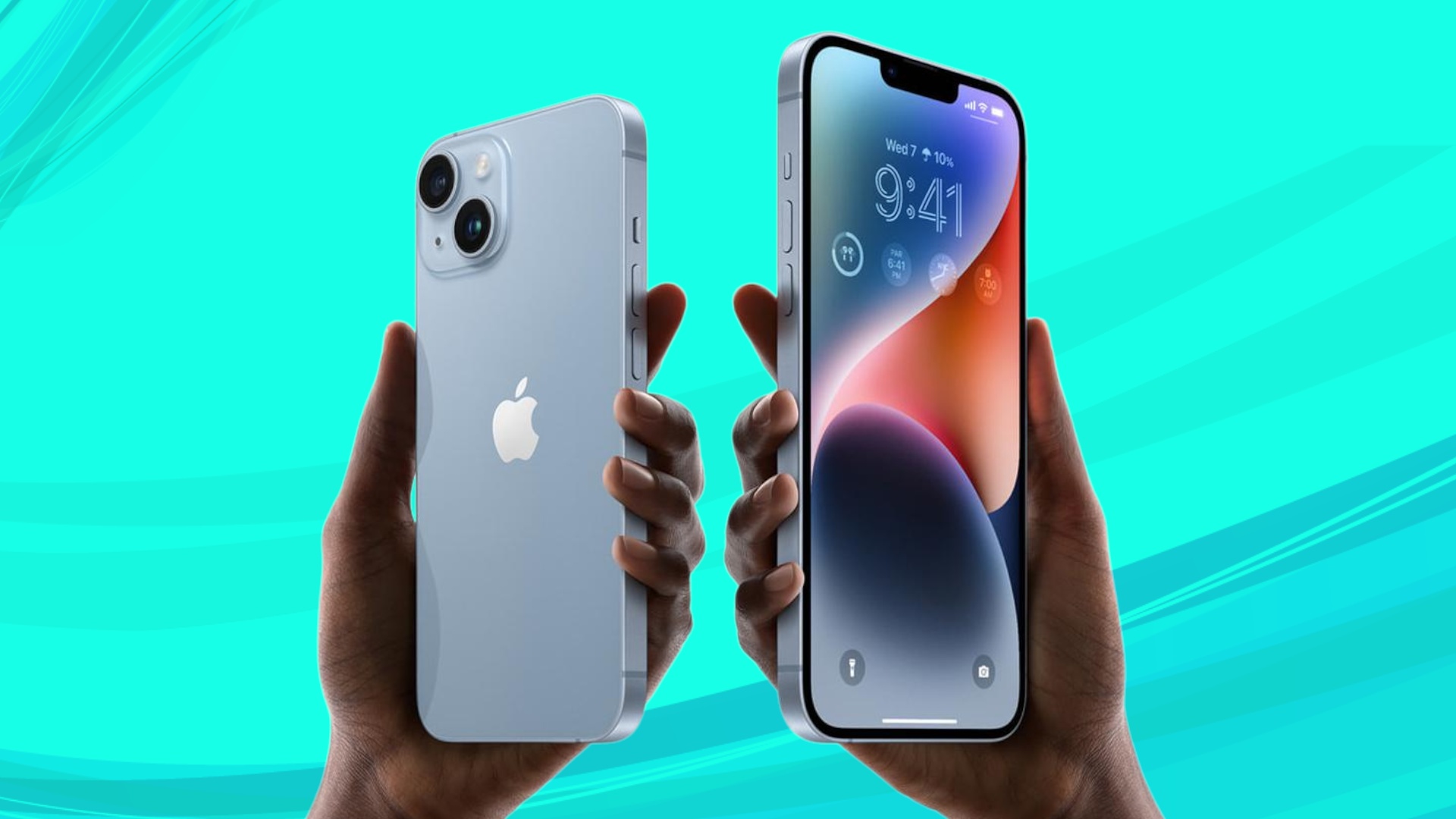The iPhone 14 still has “normal” physical buttons. It looks like this won’t change with the iPhone 15 after all. (Image: Apple)
Apple analyst Ming-Chi Kuo has announced that the next high-end iPhone models iPhone 15 Pro and iPhone 15 Pro Max will not have buttons with pressure sensors, contrary to his earlier expectations. According to Kuo, there are still unresolved technical issues before mass production.
As of October last year, Kuo still had reportedthat the new iPhones should be equipped with capacitive buttons instead of classic physical buttons. Now the Apple analyst is rowing back.
Apple is scrapping capacitive buttons – for now
Two extra Taptic-Engines
in the iPhone should provide haptic feedback to simulate the feel of pressing the buttons without physical movement, similar to the Home button on the iPhone 7 or the Force Touch trackpad on newer MacBooks. But now Kuo is writing in one medium postthat the devices will only have classic physical buttons.
»My latest investigation shows that due to unresolved technical issues before mass production, both high-end iPhone 15 models (Pro & Pro Max) come with the long-awaited design ‘solid state‘ Abandon buttons and return to traditional physical button design«
However, it is unclear whether “traditional” design means that there will still be two separate volume buttons or whether both will be combined into one oblong button.
The Apple expert assumes that Apple still has enough time to change the design of the iPhone 15 Pro models since the device is still in the development phase. He believes the change will have little impact on the mass production and shipping schedule for the Pro models.
Also, in the blog post, Kuo unsurprisingly writes that this news is for Cirrus Logic and AAC Technologies, two key suppliers of Taptic Engine
-Components for iPhones, unfavorable
may be.
Haitong International Securities tech analysts Jeff Pu and Shelly Chou came to the same conclusion independently of Kuo.
Based on reviews of their supply chains, they conclude that Apple will not implement the solid state buttons in the iPhone 15. However, they anticipate that they could become an option for the iPhone 16, which is expected in 2024.
What do you think of solid state capacitive buttons that are not physically depressible and only
simulate haptic feedback via vibration? Do you see any significant advantages in this or do you prefer “real” buttons? Let us know what you think about it in the comments!









